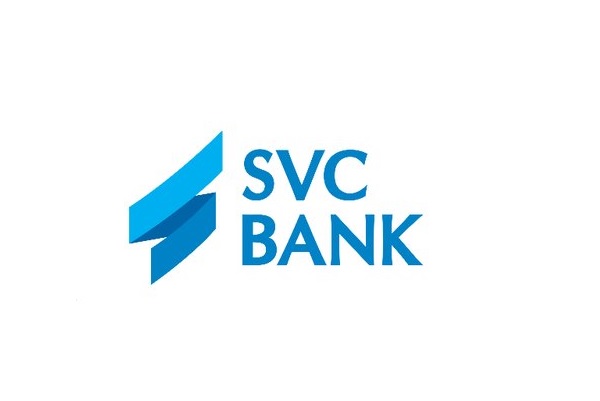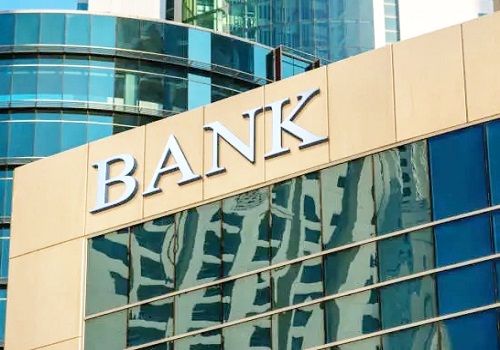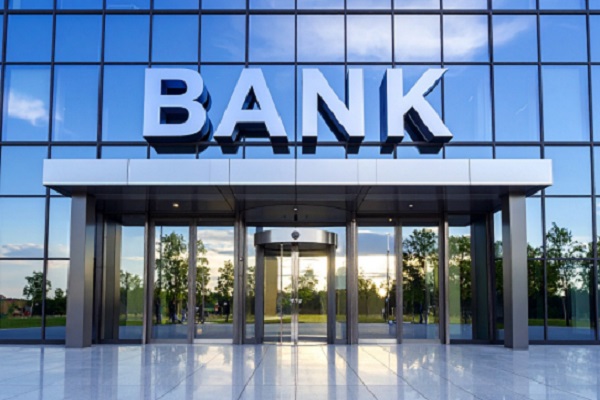Banking Sector Update : Project finance norms: One less hurdle to cross by Kotak Institutional Equities

The RBI has issued the final circular about project finance norms, which become effective from October 01, 2025. The revised guidelines are marginally higher than the original guidelines but significantly lower than what was proposed in the draft circular, specifically on infrastructure loans (construction phase), where general provisions have been reduced to about 1% from 5% earlier. While this reduces one hurdle for lending, we do not see any immediate recovery in corporate credit.
Impact on near-term credit cost seems low
The RBI has issued the final circular about project finance norms, following up on the draft guidelines issued in May 2024. Exhibit 1 compares the draft and final guidelines. We assess a lower impact from these final guidelines compared to the impact from the draft set of guidelines because the incremental provision requirement has been curtailed. The specific differences between the draft and final guidelines are as follows: (1) the requirement of standard asset provisions for assets under construction is cut from ~5% to ~1%; (2) the requirement of standard asset provisions for operational assets is cut to 0.4-1.0% from ~1.0-2.5%; and (3) the requirement of specific provisions on DCCO deferred standard assets is cut to a time-based rate of ~0.4-0.6% per quarter from a flat rate of 2.5%.
The salience of project finance and real estate loans has declined steadily
The motive behind the guidelines appears to be well-intended, but the resistance from various stakeholders appears to be high, looking at the final guidelines. There are no changes to our estimates, as we had not built the provisional numbers at the time when the draft circular was released. We continue to believe that the creation of a provision buffer has little economic impact and, hence are not averse to the idea of building up provision buffers in a period of benign asset quality. We are not sure if these guidelines would help revive credit to this sector. This is not a supply-side (intent to lend) issue. We see a more cautious approach from borrowers who have preferred to build their capex programs, especially through debt, cautiously. Hence: (1) the share of infrastructure loans is relatively small (<8% compared to >15% in FY2015); (2) the share of operational projects is likely to be higher than earlier, while the share of projects under construction is likely to be lower than earlier; and (3) the promoters that worked through the last corporate cycle have a stronger balance sheet now.
One more step toward easing; one less drag on near-term profitability
Overall, we see this relaxation as yet another step by the regulator toward systemic easing (after the recent relaxations on liquidity, interest rates, PSL, microfinance risk weight and LCR). The headwinds for loan growth are stemming from (1) quality and cost of deposits (LCR compatible deposits), (2) trade-off between growth and NIM contraction and (3) weak demand for credit from various segments of the economy. We have not seen a reversal in stance from lenders that had tightened their credit filters in retail in the past two years, while they have turned a bit more cautious today on SMEs looking at global factors.
Above views are of the author and not of the website kindly read disclaimer










More News

Defence Sector: Q4FY25 Quarterly Results Review by Choice Broking Ltd













